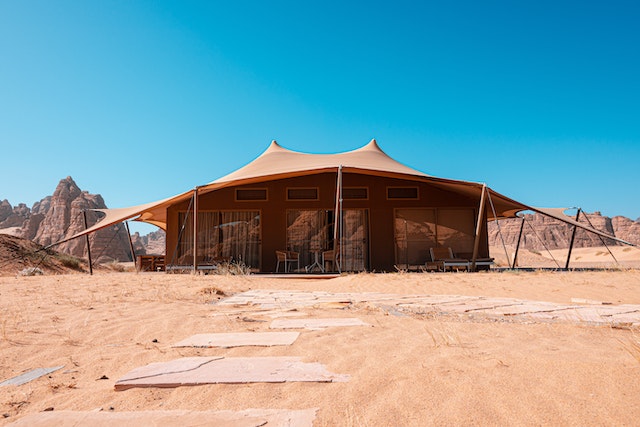In the fast-paced world of business, it’s essential to periodically hit the pause button and give your team the opportunity to recharge, reconnect, and refocus. That’s where corporate retreats come in. These immersive experiences are more than just a break from the daily grind; they’re strategic investments in your team’s growth and your organization’s success.
In this comprehensive guide, we’ll walk you through the essential steps to plan a successful corporate retreat that will leave a lasting impact on your team and your company’s bottom line.
Chapter 1: Setting Clear Objectives
Before diving into the logistics of your corporate retreat, it’s crucial to define your objectives. What do you want to achieve with this retreat? Is it team bonding, skill development, strategic planning, or a combination of these? Clearly defined goals will guide every aspect of your planning process.
Chapter 2: Choosing the Right Location
The location of your retreat plays a significant role in its success. Whether it’s a serene mountain resort, a beachfront paradise, or a rustic cabin in the woods, select a place that aligns with your objectives and offers the necessary facilities for your activities and workshops.
Chapter 3: Crafting the Itinerary
A well-thought-out itinerary is the heart of your corporate retreat. It should strike a balance between structured activities, team-building exercises, and downtime. Consider incorporating workshops, brainstorming sessions, outdoor adventures, and relaxation periods to cater to different needs and preferences.
Chapter 4: Team-Building Activities
Team-building is a core component of any corporate retreat. Engage your team with activities that promote communication, trust, and collaboration. From ropes courses to problem-solving challenges, there are numerous options to choose from.
Chapter 5: Skill Development Workshops
To maximize the retreat’s impact, include skill development workshops that align with your objectives. These could be leadership training, communication workshops, or industry-specific sessions. Bringing in experts can provide fresh perspectives and valuable insights.
Chapter 6: Catering and Dining
Good food is an integral part of any memorable retreat. Ensure that your chosen venue offers quality catering options, accommodating dietary preferences and restrictions. Shared meals are also excellent opportunities for team bonding.
Chapter 7: Transportation and Logistics
Logistics can make or break a retreat. Arrange transportation to and from the venue, and make sure everyone knows the schedule and agenda. Pay attention to details like room assignments, equipment setup, and any special requirements.
Chapter 8: Evaluation and Follow-Up
After the retreat, gather feedback from participants to assess its effectiveness. Use this input to improve future retreats and create a culture of continuous improvement. Follow up on action items and keep the momentum going in the workplace.
